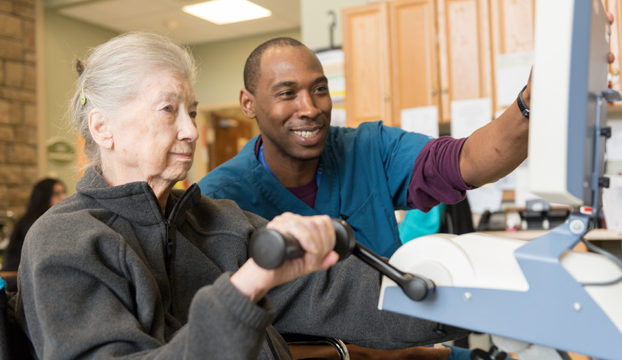Understanding Common Sports Ailments and Efficient Recovery Strategies aimed at Athletes
Understanding Common Sports Ailments and Efficient Recovery Strategies aimed at Athletes
Blog Article
Athletic traumas are common among athletes of every ages and skill levels. These traumas can happen in various forms, including ligament injuries, strains, breaks, and tendonitis. Comprehending the kinds of injuries that can occur during sports events is crucial for both avoiding and treatment. Sprains, for instance, entail the overextending or tearing of ligaments, which connect bones at a joint. Strains, on the other hand, impact muscle tissues or tendon structures, which attach muscles to bones. Identifying these traumas early can assist sportspeople seek suitable treatment and come back to their activity more quickly.
One of the frequently frequently observed injuries in sports is the foot ligament injury. This trauma often occurs when an individual touches down ungracefully or rotates their foot during a match. Signs of an foot ligament injury include pain, inflammation, and difficulty moving. Prompt care typically involves the R.I.C.E. approach, which represents for Rest, Cooling, Wrapping, and Lifting. This approach aids minimize inflammation and pain. In severe serious situations, physical treatment may be required to restore power and flexibility to the ankle before returning to athletics.
Another common trauma is a muscular injury, which can occur in any sport that demands sudden actions or intense weight-bearing. Sportspeople may experience a muscular injury when they extend a muscular tissue too far or when they apply too great force. Signs include acute discomfort, inflammation, and muscle spasms. Recovery for muscular strains often entails gentle flexibility exercises and strengthening workouts. Gradually raising activity levels is vital to prevent re-injury. Athletes should work closely with a physical specialist to develop a secure and effective rehabilitation strategy.
Tendonitis is another trauma that can affect athletes, particularly those who engage in repetitive movements, such as joggers or aquatic athletes. This condition occurs when a tendon structure, which links muscular tissue to bone, becomes swollen. Frequent areas affected by tendonitis include the elbow, shoulder, and leg. Signs often include pain and stiffness, especially during movement. Treatment for tendon inflammation usually includes recovery, ice, and pain-relief drugs. In some situations, rehabilitative therapy may be recommended to improve mobility and power in the affected area.
Preventing athletic injuries is just as crucial as treating them. Sportspeople can minimize their chance of trauma by warming up properly before activities, using the appropriate gear, and maintaining physical therapy for tendon injuries good physical shape. Strength conditioning and flexibility exercises can help prepare the physique for the requirements of sports. Additionally, athletes should pay attention to their physical condition and allow rest when needed. By comprehending frequent sports injuries and applying efficient recovery strategies, athletes can remain fit and enjoy their beloved sports for a long time to follow.